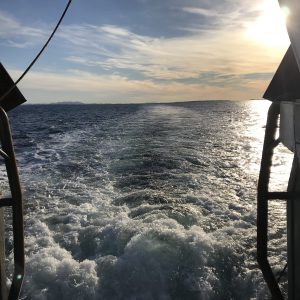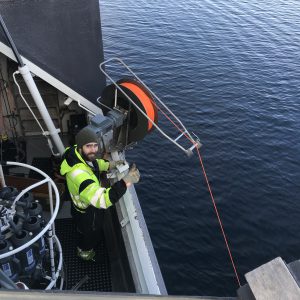
Why does a turbulent wake stay visible for such a long time after the ship has gone?
Speaking of wake watching, the other day I wrote about long distance wave watching in the sunset, i.e. what kind of things one can deduce on surface roughness (and its…
